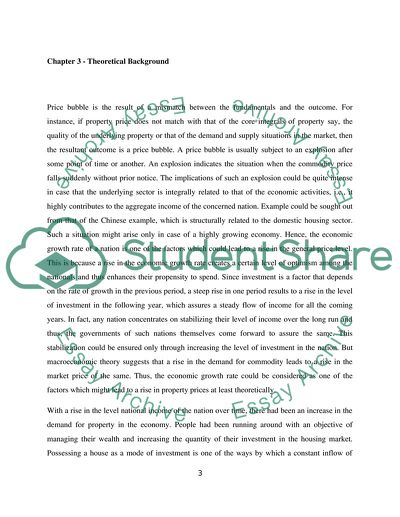Cite this document
(Housing Price in Chinese Property Market Case Study, n.d.)
Housing Price in Chinese Property Market Case Study. Retrieved from https://studentshare.org/marketing/1736987-housing-price-in-chinese-property-market-under-a-certain-degree-of-housing-bubble
Housing Price in Chinese Property Market Case Study. Retrieved from https://studentshare.org/marketing/1736987-housing-price-in-chinese-property-market-under-a-certain-degree-of-housing-bubble
(Housing Price in Chinese Property Market Case Study)
Housing Price in Chinese Property Market Case Study. https://studentshare.org/marketing/1736987-housing-price-in-chinese-property-market-under-a-certain-degree-of-housing-bubble.
Housing Price in Chinese Property Market Case Study. https://studentshare.org/marketing/1736987-housing-price-in-chinese-property-market-under-a-certain-degree-of-housing-bubble.
“Housing Price in Chinese Property Market Case Study”, n.d. https://studentshare.org/marketing/1736987-housing-price-in-chinese-property-market-under-a-certain-degree-of-housing-bubble.


